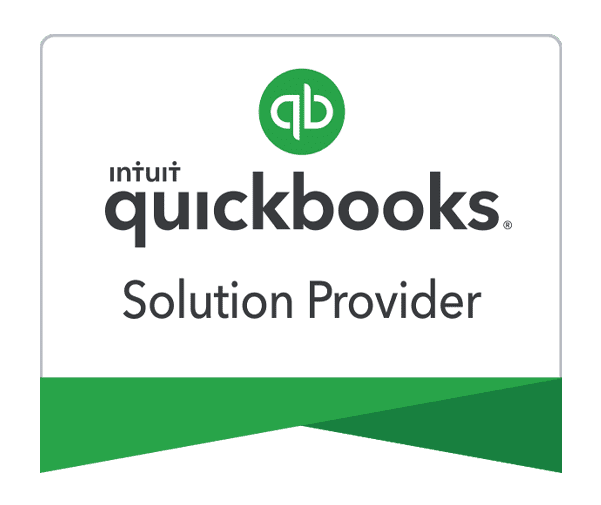Just register for the free trial below and we will send you everything you need to evaluate QuickBooks Online including 30-day access, the full 76-page QuickBooks Online Guide (details everything that you can do in the software) plus the video training library. Free end-to-end consultation and support are included so if you need any help along the way, just let us know!

Paygration, Inc.
Whether you want to automatically categorize transactions from a specific vendor or automatically assign customer payments to the correct income accounts, bank rules in QuickBooks Online can help you streamline your financial management. They can help save you time and effort while providing the financial insights you need to stay on top of your business’s finances.
In this article, we’ll help you how to set up and use banking rules in QuickBooks Online and how they can help you organize your financial transactions.
What are Banking Rules in QuickBooks Online?
Banking rules in QuickBooks Online are essentially a set of predefined criteria that tell the software how to handle specific transactions when they are downloaded or imported from your bank or credit card accounts. Think of them as automation instructions for categorizing and organizing your financial data.
With banking rules, you can set up conditions based on transaction details like payee names, amounts, or descriptions and instruct QuickBooks Online on how to treat these transactions.
If you would like to try the full version of QuickBooks Online Advanced, click here to get a free 30-day no-commitment trial plus access to the full video training library.
How to Set Up Banking Rules in QuickBooks Online
Step 1: Navigate to Banking Rules. To get started, click on the cog wheel icon in your QuickBooks Online dashboard and then select Rules under Lists.
Step 2: Create New Rule. From the Rules tab under Banking, click the green New rule button to display the Create rule form.
Step 3: Create Rule Criteria: Next, complete the required information in the Create rule form, including the rule name (e.g., Auto-Categorize PayPal Sales). Also, you can specify whether the rule should apply to incoming (money in) or outgoing (money out) transactions. You can further specify if the rule should apply to all your bank accounts or a specific account.
Additionally, you can define the criteria that a transaction must meet for the rule to be applied. You can base the criteria on transaction details like the description, memo, payee, or other text-related fields.
Creating a banking rule in QuickBooks Online
Step 4: Assign the Transaction. After specifying the criteria, you decide what action the rule should take when a transaction matches those criteria. You can choose to assign a specific transaction type, category, payee, or customer to the transaction.
Assigning the rule to a transaction type, payee, etc.
Step 5: Save the New Rule. Click on the green Save button to record the new banking rule.
Applying Rules to Transactions
Once you’ve defined your banking rule criteria and actions, QuickBooks Online will automatically apply these rules to transactions that match the specified conditions. Here’s how it works:
- Download or Import Transactions: As you download or import bank and credit card transactions into QuickBooks Online, the software scans each transaction against your banking rules.
- Rule Matching: When a transaction matches the criteria you’ve defined in a banking rule, QuickBooks Online applies the corresponding action.
- Automatic categorization: For example, if you’ve set up a rule to categorize all transactions from “XYZ Supplier” as office supplies expenses, QuickBooks Online will automatically assign the “Office Supplies” category to these transactions.
- Review and Confirmation: Before the rule is applied, QuickBooks Online usually prompts you to review and confirm the suggested categorization or action. This step ensures accuracy and allows you to make adjustments if needed.
- Batch Processing: You can process multiple transactions at once, making it a time-saving feature, especially for businesses with high transaction volumes.
Wrap Up
Bank rules in QuickBooks Online provide a powerful solution for categorizing and handling transactions based on specific criteria. They can help you save time and effort and reduce errors, ensuring that your records in QuickBooks Online are always accurate and consistent.
















